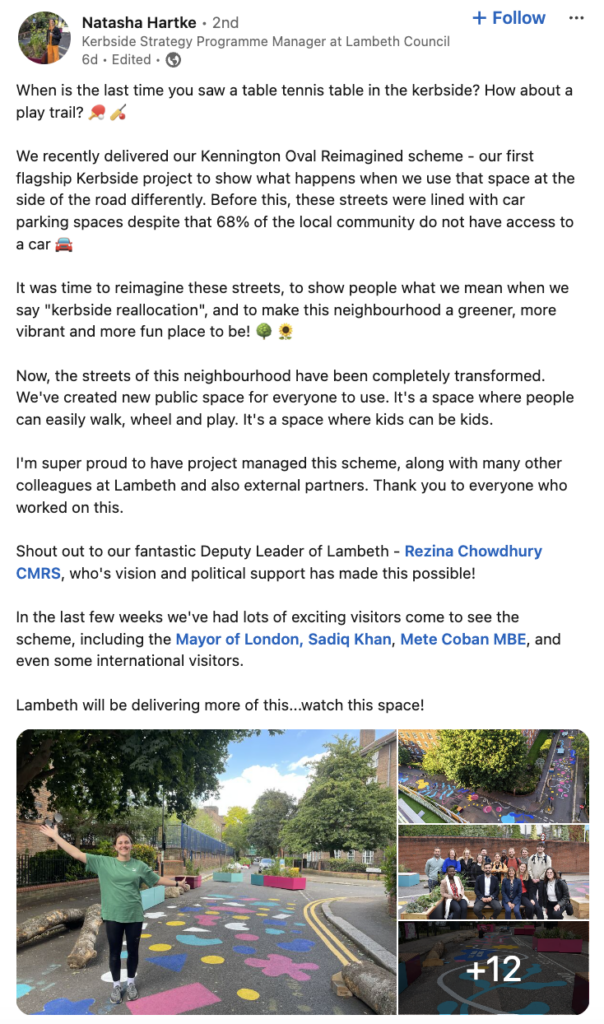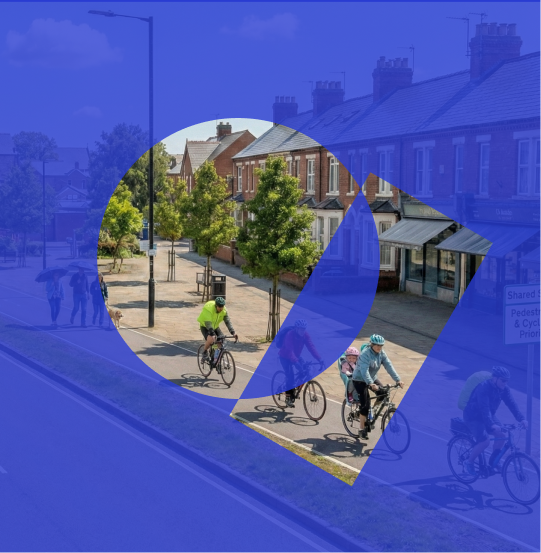Imagine a city space where traffic flows seamlessly, parking is a breeze, and urban spaces adapt to the needs of citizens in real time. This isn’t a far-off dream—it’s the reality being shaped by Digital Traffic Regulation Orders (D-TROs) across the UK. As local authorities bid farewell to cumbersome paper processes, they’re ushering in an era of smart, agile traffic management that’s transforming our cities from the kerbside up.
In this post, we’ll take you on a journey through four groundbreaking ways D-TROs are revolutionising traffic management. You’ll discover how pioneering councils are using this technology to tackle age-old urban challenges, from congestion to air quality. We’ll explore real-world success stories that showcase the power of digital innovation in creating more liveable, sustainable cities.
Tip: If you want to be ready for the D-TRO change in your local authority, don’t worry – we’ve got you. We are preparing a big, comprehensive D-TRO guide, with all the practical information you might need.
Sign up for the newsletter here to get the Guide for free once it’s out!
Ping Pong at the Kerb: Lambeth’s Bold Reimagining of Urban Space
Lambeth’s Kennington Oval Reimagined project is an initiative that’s flipping the script on traditional kerbside use.
In a borough where 68% of residents don’t own cars, Lambeth Council dared to ask: why should our kerbs be car parking graveyards? Their answer? A vibrant, playful, and green transformation that’s turning heads and changing lives. Gone are the rows of parked vehicles, replaced by an urban playground that includes table tennis tables, play trails, and lush greenery.

View the original post here: https://www.linkedin.com/feed/update/urn:li:activity:7239289444124545024/
By digitising their traffic orders, Lambeth has unlocked a treasure trove of insights, allowing them to monitor and shape their kerbside strategy with unprecedented precision. Their ambitious goal of 25% sustainable kerbside use is now just a few clicks away from being tracked and achieved.
Lambeth is proving that when we reimagine our kerbs, we’re not just changing streets; we’re crafting communities, boosting sustainability, and paving the way for a more liveable urban future. Who knew the humble kerb could be so transformative?
Southwark’s Cycle Hangar Revolution: Transforming Urban Mobility

Cycle hangars in Southwark as seen in Traffic Suite
Imagine transforming your city’s cycling landscape in a matter of weeks, not years. Sounds impossible? Southwark Council begs to differ. Their groundbreaking cycle hangar programme isn’t just changing the game—it’s rewriting the rulebook for urban cycling infrastructure.
At the heart of this cycling revolution? A humble digital tool that’s turbocharging the borough’s ambitions. By wielding D-TROs like a magic wand, Southwark Council has shrunk site assessments from a sluggish 12 weeks to a blink-and-you’ll-miss-it 2 weeks. The result? An explosion of over 500 new cycle hangars, offering a haven to more than 3,000 bikes.
With data as their compass, Southwark achieved a staggering 95% occupancy rate for these hangars.
Cycling has surged by 20%, while pesky short car trips have dwindled by 15%. It’s a sustainability dream come true, with Southwark now boasting one of London’s densest cycle hangar networks.
Intrigued? Discover how Southwark’s digital revolution could be the key to unlocking your city’s sustainable future.
Smart Streets, Fair Parking: Lambeth’s High-Tech Solution to an Age-Old Problem
In Lambeth, parking enforcement has entered a new era of efficiency. High-tech vehicles equipped with state-of-the-art cameras now patrol the streets, scanning hundreds of parked cars in seconds. The traditional CEOs still patrol the streets, but now they have additional support, powered by cutting-edge ANPR technology and AppyWay’s Traffic Suite.
This technological leap transforms enforcement officers into urban guardians, armed not with traditional ticketing books, but with smart, data-driven tools. The result is a streamlined process, delivering results with speed and accuracy. It’s not just about catching offenders; it’s about creating a fair, efficient system that keeps traffic flowing and streets accessible.

Lambeth’s highly accurate digital traffic order data as seen in Mapper




